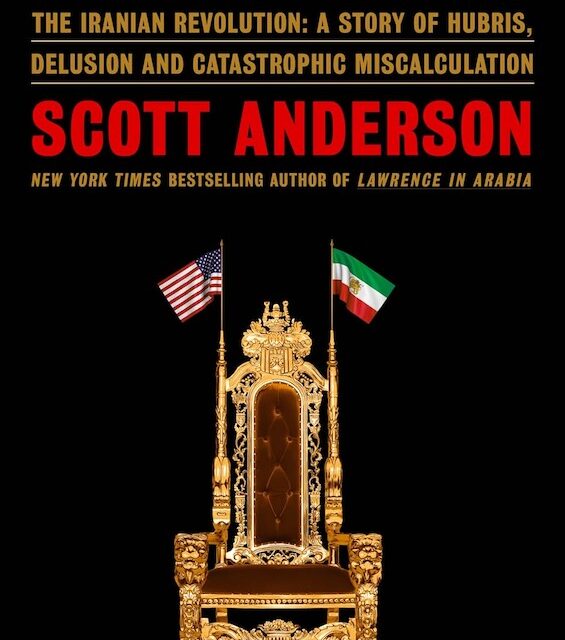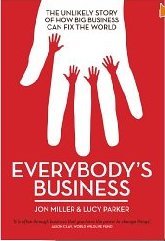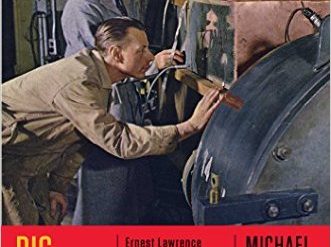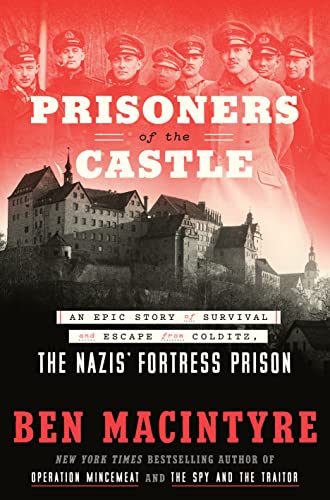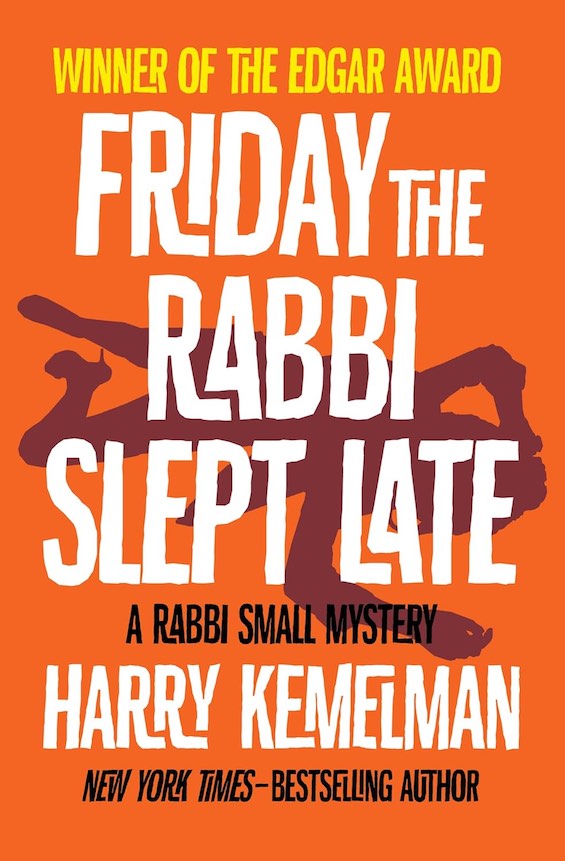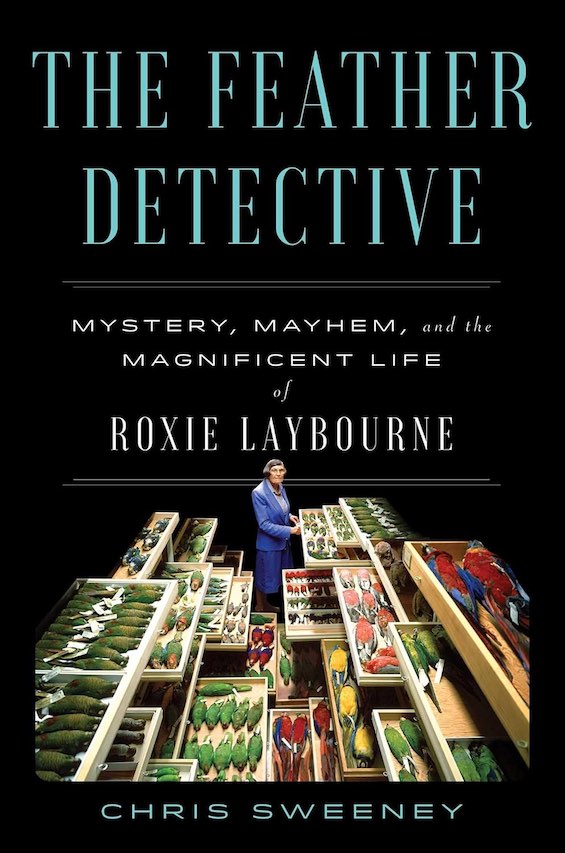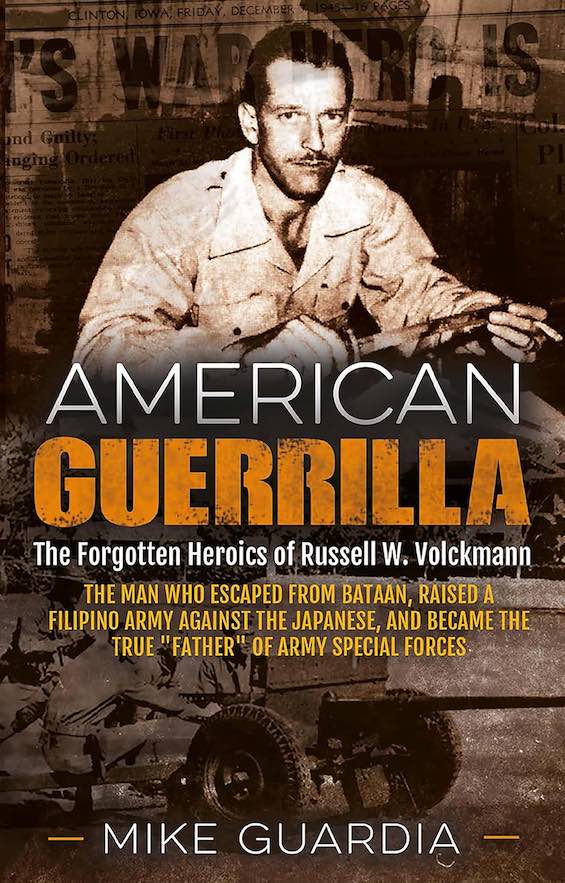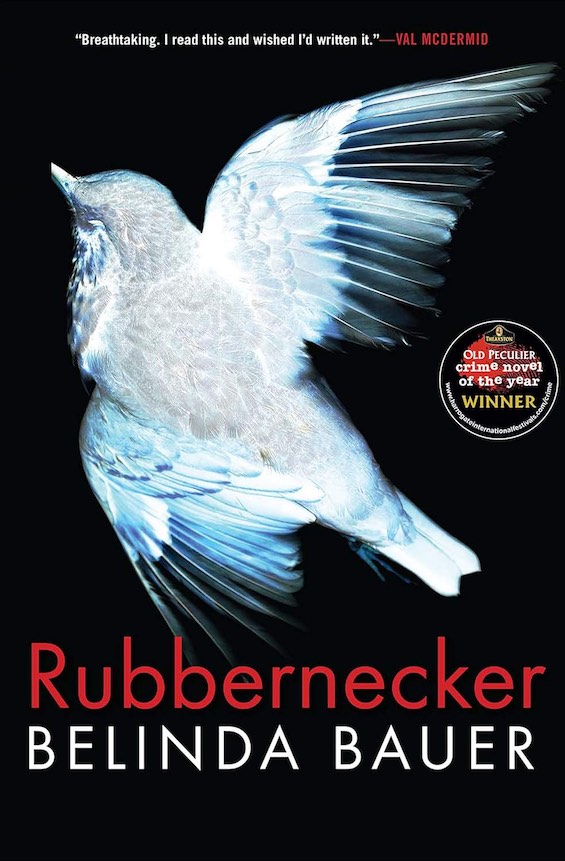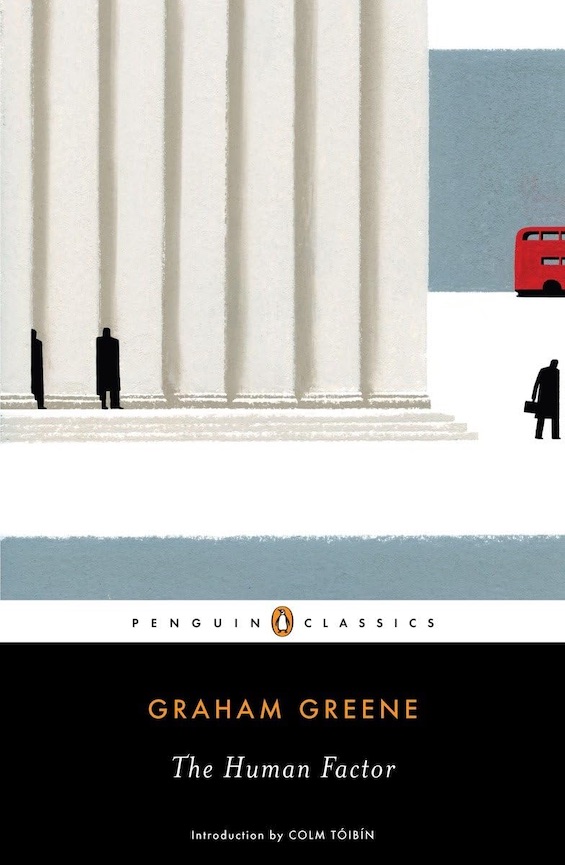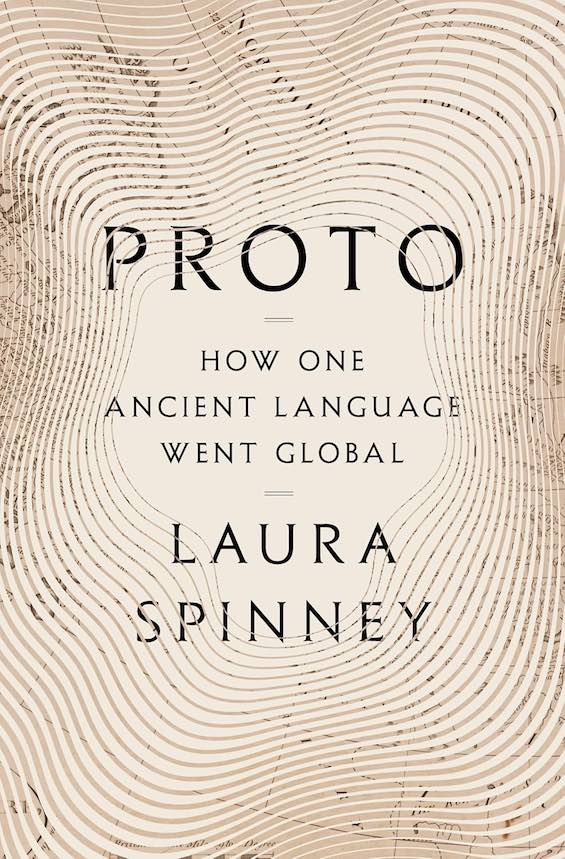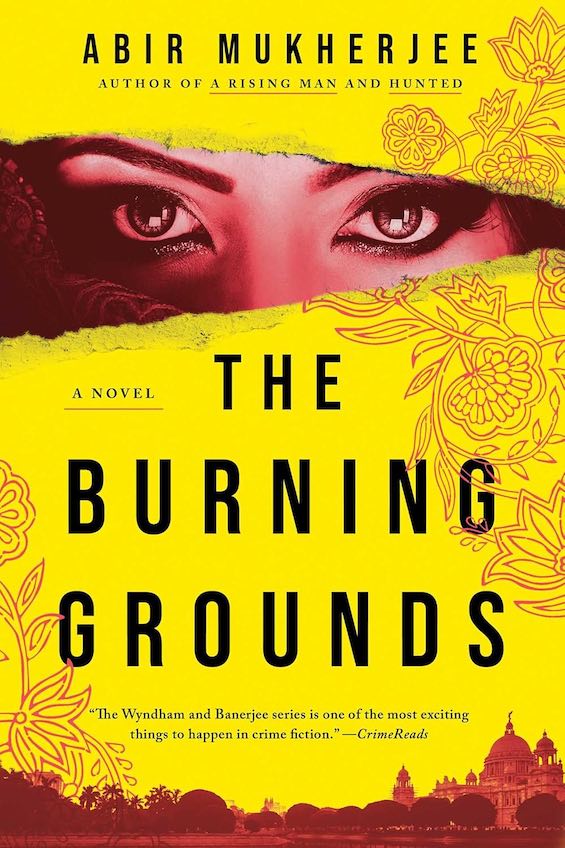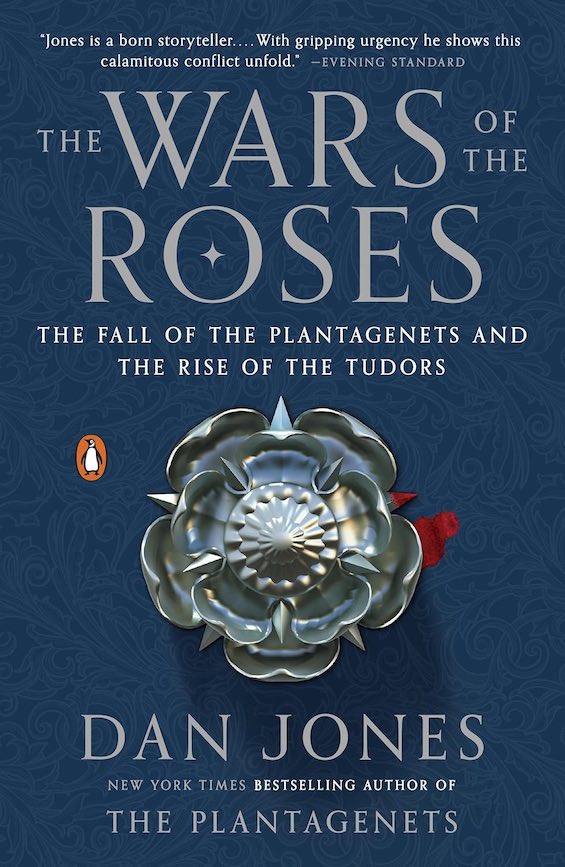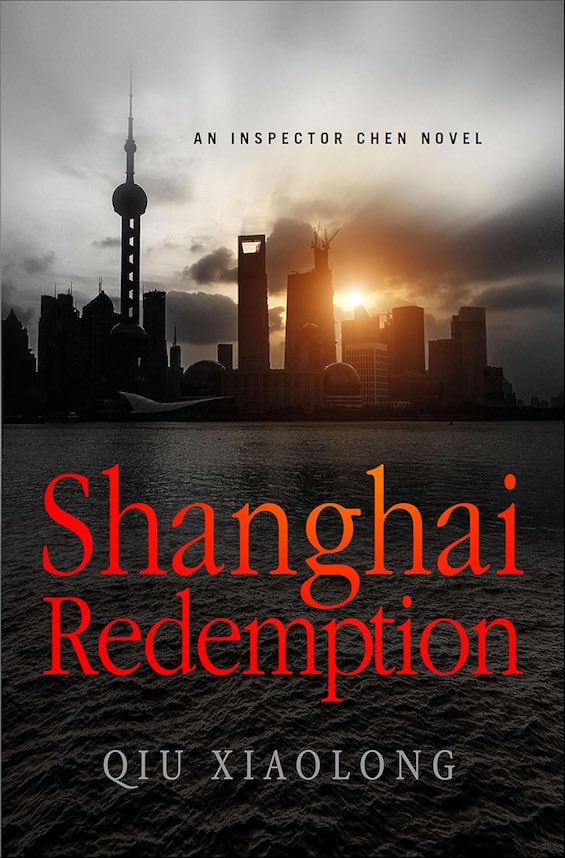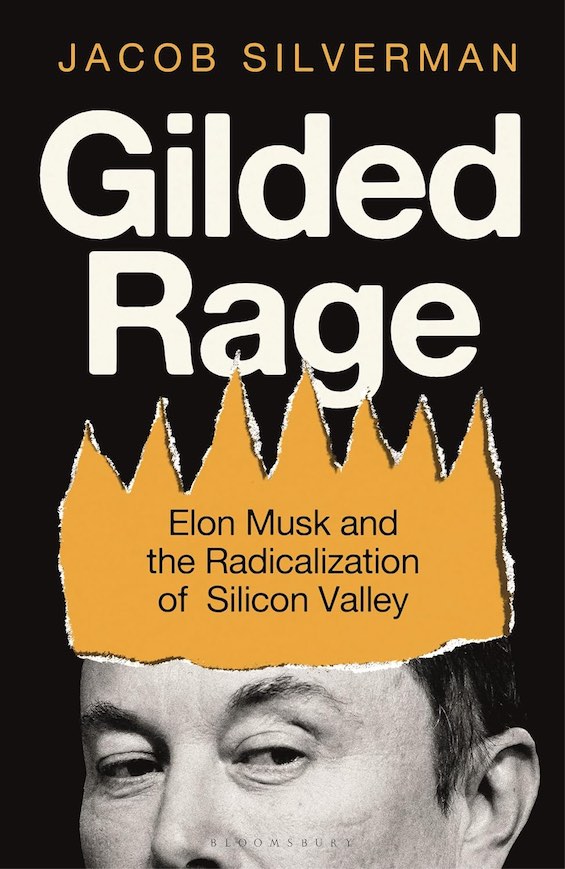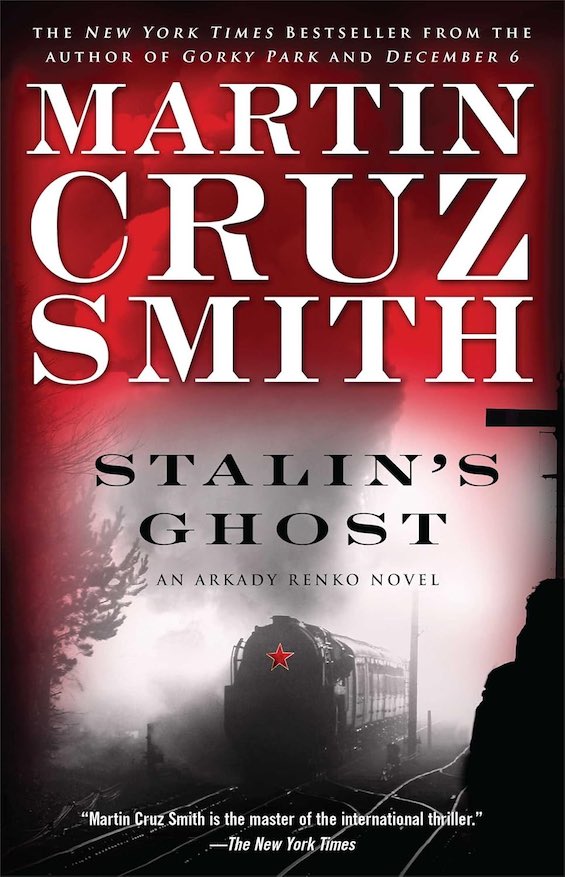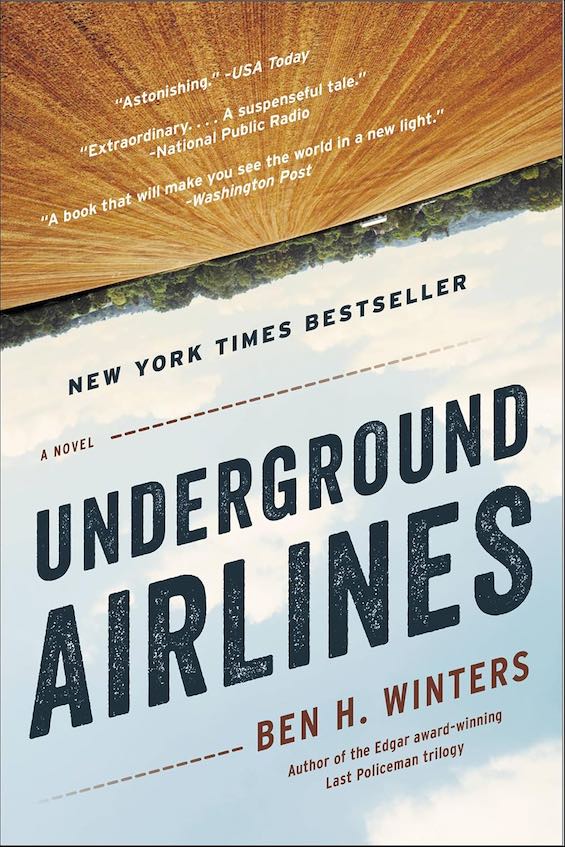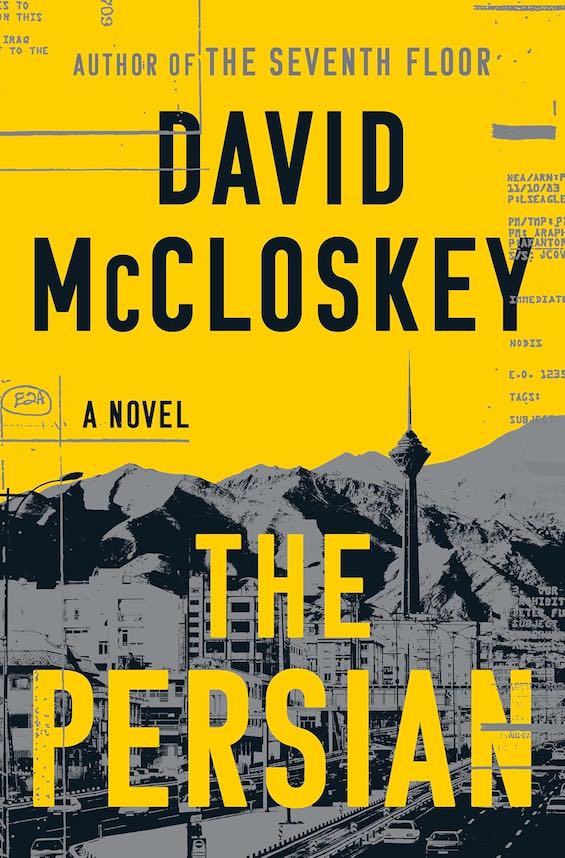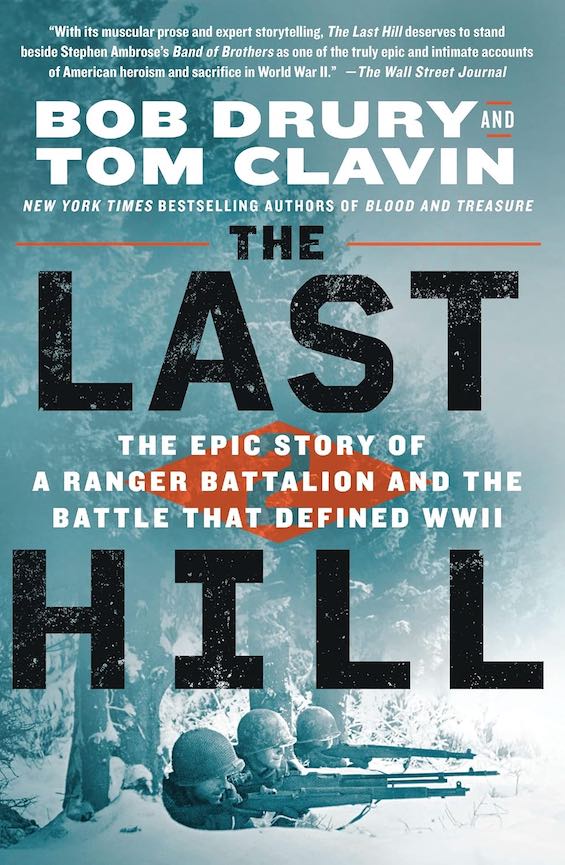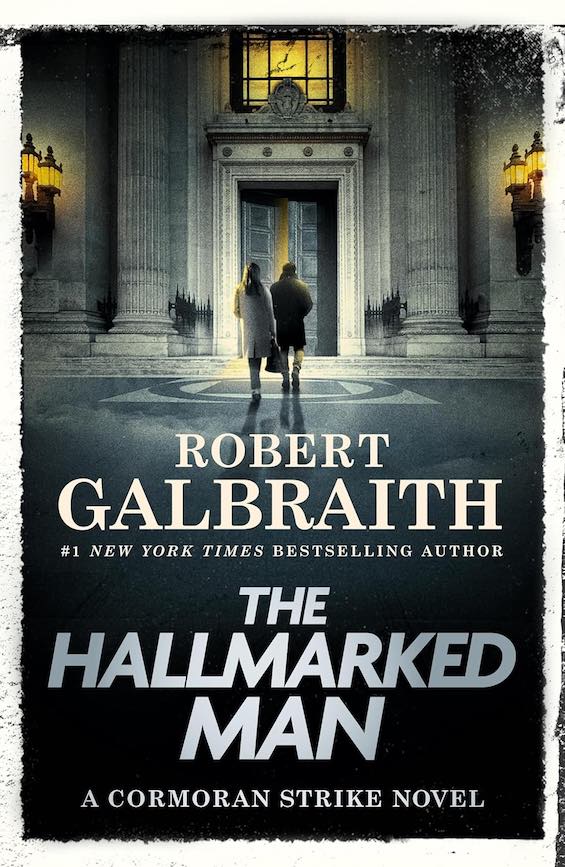When future historians tally the most consequential revolutionary movements of the modern era, the choices will be obvious. The Russian Revolution re-set the balance of power almost throughout the 20th century. In China, the Communists set the world’s most populous nation on a dramatic new course, leaving it poised to dominate the 21st century. And the Iranian Revolution unleashed a global wave of radical religious movements that have bedeviled the world ever since 1979. That epic event also installed a regime that ever since has been America’s bitterest enemy. The stories of those transformations in Russia and China are well known. But the Iranian picture is far less clear to Americans. In King of Kings, veteran journalist Scott Anderson offers a remedy in his dazzling account of Iran’s trajectory from the American-led coup in 1953 to the cataclysmic events of 1979.
The Iranian Revolution did not have to happen
It’s difficult not to conclude after reading King of Kings that the Iranian Revolution wasn’t inevitable—at least in its now-familiar theocratic form. Even given the 1953 coup that ousted Iran’s elected government and restored Mohammad Reza Pahlavi (1919-80) as Shah, or King, that course might have been averted. And, as Anderson makes clear, the fault mostly lies in the US government. He charges our country’s decision-makers in the 1960s and 70s with “hubris, delusion and catastrophic miscalculation.”
The Shah himself shared those faults. But the United States wielded so much power that we could have ensured the pliable monarch took a more measured course. Had he done so, the Ayatollah Ruholla Khomeini (1900-89), the unhinged fanatic who spearheaded the Revolution, might have been sidelined with ease.
King of Kings: The Iranian Revolution: A Story of Hubris, Delusion and Catastrophic Miscalculation by Scott Anderson (2025) 746 pages ★★★★★
The book’s key sources were close to the action
Scott Anderson is an accomplished investigative journalist. He does his homework. And in writing King of Kings he delved deeply into the available record, often newly opened, and interviewed several of the key figures in his story, including the Shah’s third and last wife, Empress Farah Pahlavi. The result is a story that comes to life with immediacy, revealing the passions, fears, and miscalculations that triggered the Iranian Revolution.
Much of Anderson’s story rests on the testimony or written records of four key individuals:
A former Peace Corps Volunteer
Foreign Service Political Officer Michael Metrinko (1946-) was U.S. Consul-General in Tabriz, where some of the signature events of the Revolution transpired. Metrinko was a former Peace Corps Volunteer who had served both in Iran and in Turkey and spoke both Farsi and Turkish. In this he was nearly unique among State Department officials. Metrinko was serving in Tehran and became a hostage when Iranian students overran the US Embassy. He resisted his captors so persistently that he spent much of the time in solitary confinement.
The Iran desk officer
Henry Precht (1931-2022), who was the State Department’s Iran Desk Officer from 1978 to 1981. Anderson paints him as one of the earliest and most assertive skeptics of the Shah’s ability to stay in power. However, he was unable to persuade many of his colleagues despite the fact that he was the department’s principal Iran expert.
The President’s designated Iran specialist
Gary Sick (1935-) was the National Security Council (NSC) officer handling Iran affairs in 1978 during the Carter administration. Like his counterpart at the State Department, Henry Precht, he appreciated far earlier than others the weakness of the Iranian regime. However, his boss, the National Security Advisor, was an aggressive advocate for the Shah until the very end.
The empress
Farah Pahlavi (1938-), empress of Iran (Shahbanou), the shah’s third and last wife, struggled to moderate her husband’s impulsive and highly questionable decisions over the years. (They were married from 1959 to 1980.) He almost always disregarded her—and just about everybody else, for that matter.
Anderson’s account also rests on extensive records of several men who served the shah as prime minister or in other key positions. Their unfamiliar names blend into the woodwork. In addition, he gained access to several US and Iranian military officers who played significant roles in the final, tumultuous days of the regime.
The US officials who bear the greatest responsibility for the debacle
Anderson paints a sad picture of high-level American decision-making during the critical years of 1978 and 1979. The story he tells lays much of the blame at the feet of three men:
President Jimmy Carter
Jimmy Carter (1924-2024) was President during the Iranian Revolution. He bears ultimate responsibility for the catastrophic failure of the US relationship with imperial Iran. Long after there was abundant evidence that the shah’s regime was on its last legs, Carter continued to praise and support the man. And his decision to admit the shah to the United States for medical treatment in 1979 enraged Iranian opinion and led to the hostage crisis.
National Security Advisor Zbigniew Brzesinski
Carter’s powerful National Security Advisor from 1977 to 1981, Zbigniew Brzezinski (1928-2017) suppressed every attempt from his subordinates or from the State Department to question the wisdom of US policy toward Iran. Like most American officials, he believed that Iran, with its massive oil revenues and military power—the fifth largest army in the world—was invincible. None of them understood the appeal or the power of the ayatollahs’s message.
Ambassador Willian Sullivan
Veteran State Department diplomat William Sullivan (1922-2013) served as US Ambassador to Iran from 1977 to 1979. Like Brzezinski, he was an outspoken advocate of the shah and remained close to him throughout his posting in the country. However, unlike the National Security Advisor, he came to realize that the regime’s days were numbered and toward the end he attempted for months, in vain, to persuade the shah to leave Iran. His doing so might have opened an opportunity for moderate forces among those pressing for change to gain the upper hand. Delaying as long as he did instead ensured the ascendancy of Ayatollah Khomeini.
Richard Nixon and Henry Kissinger
Although they were not involved in the events of 1978 and 1979, President Richard Nixon and Secretary of State Henry Kissinger bear some measure of responsibility for the debacle, too. Early in the decade they forged an agreement with the shah to permit him to buy any and all arms from the United States with no questions asked. This agreement tied the hands of officials who later sought to raise concerns about the wastefulness of the purchases or the questionable ways that US armaments were used in suppressing resistance among the Iranian people.
About the author
Scott Anderson, formerly a war correspondent for the Associated Press, the New York Times, and Harper’s Magazine, is the author of eight notable works of nonfiction as well as two novels. He was born in California in 1959 but grew up in East Asia where his father was a US government agricultural advisor. He holds an MFA in Creative Writing from the University of Iowa Writer’s Workshop. His brother Jon Lee Anderson is also an accomplished writer. The two co-authored two nonfiction books. Anderson currently lives in Brooklyn, New York, with his wife and daughter.
For related reading
I’ve also reviewed two other excellent books by the author:
- The Quiet Americans: Four CIA Spies at the Dawn of the Cold War (How the CIA helped set the course for a half-century of US policy)
- Lawrence in Arabia: War, Deceit, Imperial Folly and the Making of the Modern Middle East (Was Lawrence of Arabia the man you thought he was?)
For related subjects, see:
- Top nonfiction books about national security
- 12 great biographies
- Best books about the CIA
- 30 good nonfiction books about espionage
- Top 20 popular books for understanding American history
And you can always find the most popular of my 2,300 reviews, and the most recent ones, on the Home Page.

